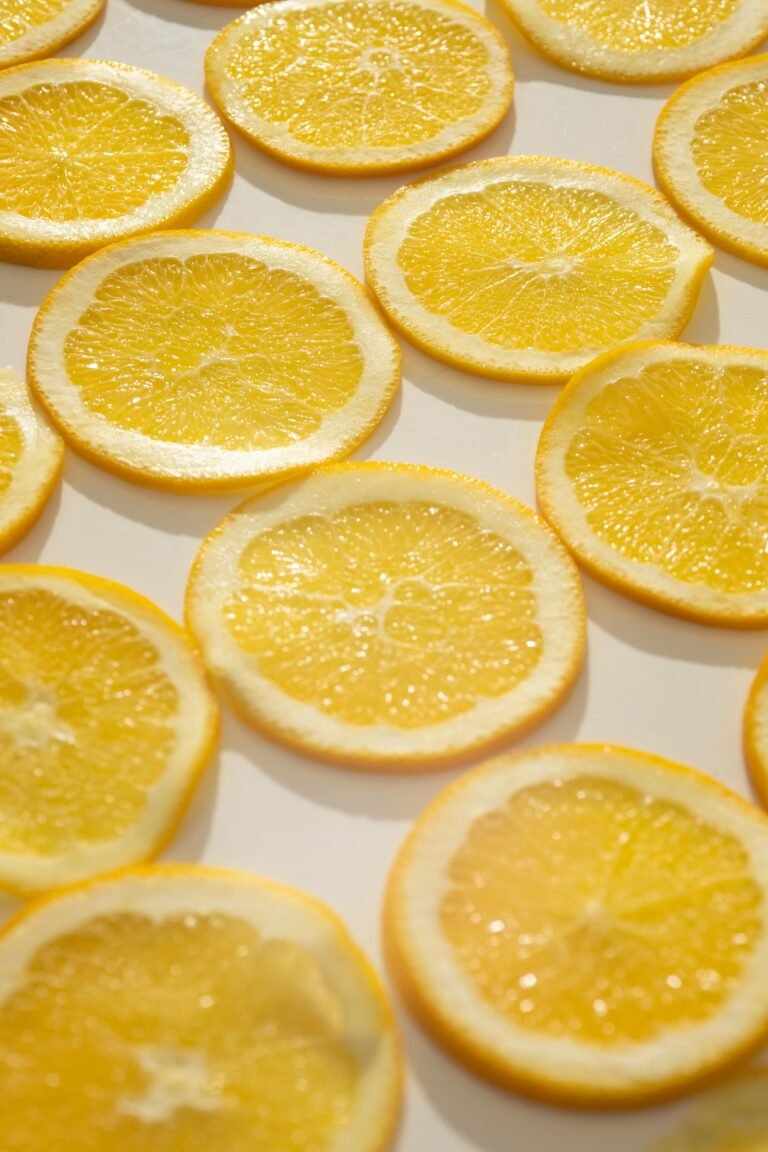The volumetric diet: lose weight by eating more
A non-diet diet that allows you to eat a little of everything without sacrifices, without feeling the pangs of hunger and that is effective and can be protracted over time. But above all that, despite the quantities of food, it allows you to reduce calories and lose weight.
There is, and it is based on a very simple idea that has proved effective, giving the dieter ample room for success.
It could be said that more than a diet it is a way to eat healthily.
It is in fact called the Volumetric Diet of Dr. Rolls. Dr Rolls, director of the Laboratory for the Study of Human Ingestive Behavior , has developed a diet that allows you to lose weight without having to calculate all portions.
HOW THE VOLUMETRIC DIET WORKS
The volumetric diet is so called because it classifies foods based on their volume .
They are divided into groups.
- GROUP 1. Foods that you can eat at will because they are very voluminous: watery fruit such as melon or watermelon or litchee or mandarins or oranges or strawberries, fruit / flower / leaf vegetables (therefore not potatoes and legumes, but courgettes, peppers, cabbage , lettuce, spinach, fennel, eggplant, cauliflower, broccoli, tomatoes, celery) and mushrooms, skim milk, white zero-fat yogurt, sugar-free soy milk, meat broth, vegetable broth, tomato sauce, pickles.
- GROUP 2. Whole grains including rice and wholemeal pasta, legumes, sugary fruit, white meats, white fish, low-fat dairy products, tubers, gnocchi, egg whites, crustaceans, molluscs, fruit sorbets or fruit popsicles.
- GROUP 3. Bread, sugar-free bars, muesli, breakfast cereals, ice cream, cereal or legume flours, fatty / red meats, fatty / aged cheeses, eggs, cold cuts, cakes, pastries.
- GROUP 4. Fried foods, biscuits, candies, taralli, walnuts and hazelnuts, sweets, chips and snacks, fatty sauces, butter and oil over 10 grams per day allowed.
Concessions: zero calorie drinks ok, maximum one teaspoon of grated cheese for the dishes or one teaspoon of cocoa, spices and aromatic herbs. Those who love chocolate can indulge in a small picture by halving the daily dose of oil or butter.
The idea is to be able to do a low-calorie diet without paying too much attention to counting calories, but with the trick of making meals more voluminous thanks to the foods of the first group .
As you can see, the categories of food in the volumetric diet are not decided on the basis of nutrients , but on the basis of how much they can eat, or their volume compared to the caloric content (caloric density).
The foods of the first group can be eaten in an unlimited way and must be eaten as snacks.
Those of the second group can be eaten moderately to make 3 main meals, for example sticking to the maximum 130 grams for boiled legumes and cooked pasta or wholemeal rice / boiled cereals , white meat (raw), defatted cooked ham, sugary fruit, tubers (from raw), lean fish (from raw), egg whites (from raw) and low-fat cheeses such as cottage cheese or cottage cheese or quark or skyr.
Breakfast, lunch and dinner can have a maximum of two foods of the second group (weighed) plus those of group 1 in an unlimited way. For lunch and dinner it is best to choose a carbohydrate and a protein based food. For example pasta + legumes or rice with chicken or shrimp. Or grilled veal (group 2) with vegetables + a sugary fruit (group 2).
Those of the third group with severe limitations (one portion per day equal for example to half the weight of group two: that is 65 grams of beef instead of 130 grams of veal, 65 grams of salmon instead of 130 grams of cod, 65 grams of bread instead of the portion of pasta or brown rice or potatoes).
Those of the last group rarely , that is or exceptionally (for example fried foods, sweets) or by reducing them to a minimum during the day (for example oil, maximum two teaspoons per day).
The scheme of the volumetric diet is as follows
- Breakfast: group 1 + group 2
- Lunch and dinner: group 1 + group 2 x maximum twice (i.e. two foods, one protein, the other carbohydrate).
- Snacks: group 1.
- Once a day maximum: one food of group 3 instead of one of group 2 for lunch or dinner, but for half the dose.
- Occasionally (maximum one of your choice per week) or at least during the day: group 4.
The diet should be combined with half an hour to an hour of running a day or other aerobic activity.
In short, for those who join the gym, associating the volumetric diet is a great way to lose weight.


























+ There are no comments
Add yours